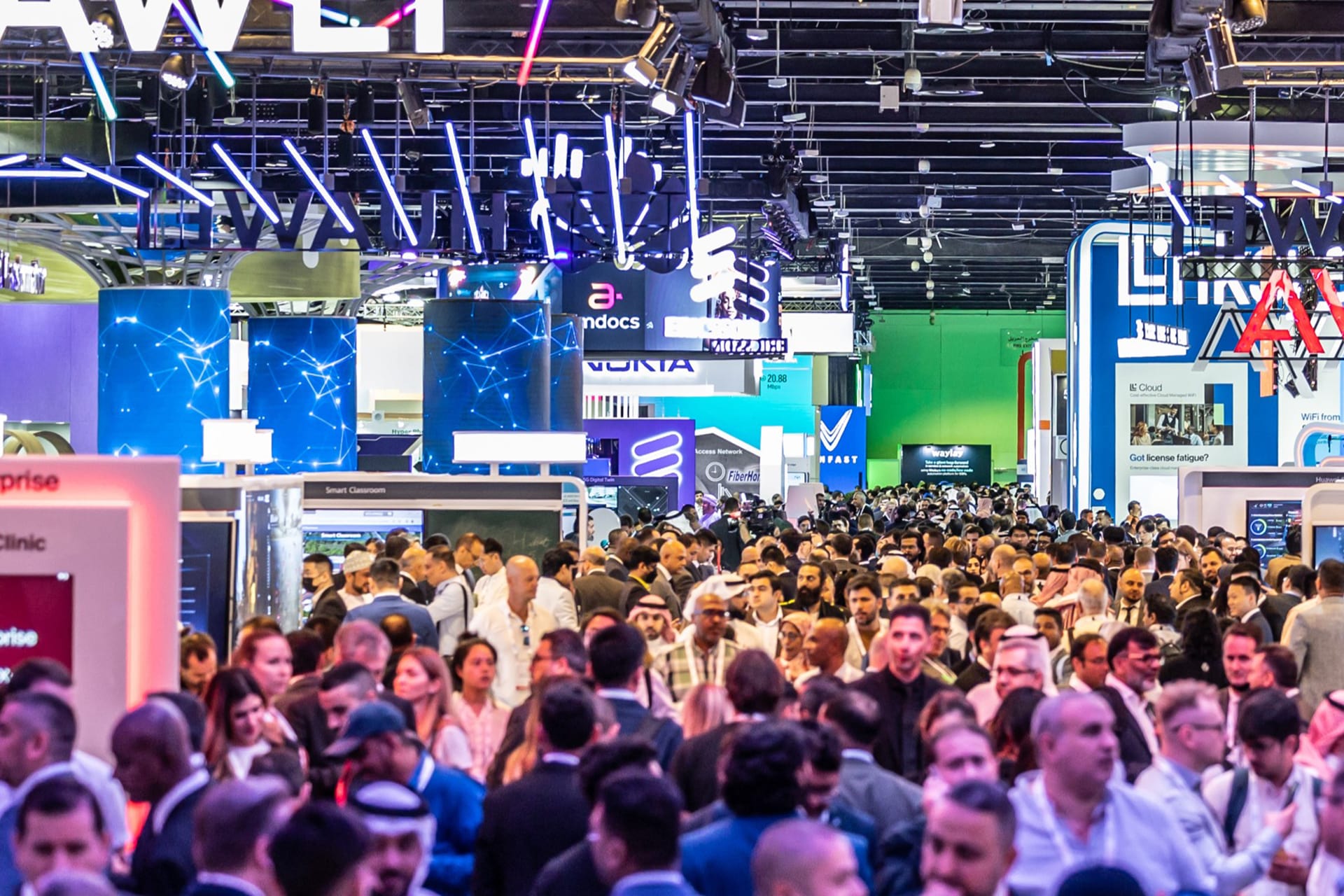Last October, Dubai played host to the 44th edition of GITEX Global, an anchor fixture in the international tech calendar. Organized by the Dubai World Trade Centre (DWTC) and its international arm, Kaoun International, the event brought together tech leaders from around the globe.
What began as a regional gathering has since morphed into a sprawling global showcase, with satellite editions now staged in Europe, Africa, and Asia.
Its latest expansion—GITEX Asia—marks the brand’s official foray into Southeast Asia. The inaugural edition is set to take place at Marina Bay Sands in Singapore from April 23–25. It will feature four co-located events and run in tandem with AI Everything Singapore—a nod to the region’s fast-growing appetite for discourse around and adoption of artificial intelligence.
GITEX Asia arrives at a tense yet timely moment. As geopolitical fault lines deepen, the need for platforms that foster cross-border cooperation feels more urgent than ever.
Southeast Asia, after all, is in the midst of a digital transformation. The World Economic Forum projects the region’s digital economy will reach at least USD 600 billion in gross merchandise value (GMV) by 2030, with significant potential to push that figure as high as USD 1 trillion.
Fueling this momentum are government investments, rapid digital adoption, and a growing roster of AI initiatives. A 2024 report by Access Partnership, produced in collaboration with Google, estimates that AI alone could unlock USD 835 billion in economic value across the region by 2030. And that’s just a slice—28%, to be exact—of the broader AI opportunity across the Asia Pacific, which is forecast to hit USD 3 trillion.
But the road ahead isn’t seamless. Fragmented regulations, uneven digital readiness, and limited cross-border policy coordination continue to pose challenges.
That’s where GITEX Asia hopes to make a difference. By convening a truly international cast—more than 70% of exhibitors will be making their Singapore debut—the event aims to inject fresh energy into the regional ecosystem. Compared to established mainstays like the Singapore Week of Innovation and Technology (SWITCH), Tech in Asia Conference, and Echelon, this new entry promises a broader, more globally inclusive mix.
According to organizers, more than 700 tech companies and startups from over 70 countries will be onsite, joined by more than 250 investors collectively managing around USD 200 billion in assets. Programming will orbit around four core themes: AI, cybersecurity, health technology, and startup innovation.
Governments are also expected to attend. Delegations from innovation agencies and ministries across Asia and Europe will lend a diplomatic dimension to the gathering. AI Everything Singapore, in particular, will spotlight two flagship initiatives: “AI 100,” which brings together startups from over 30 countries, and “Crystal Ball,” a forum focused on ransomware resilience and public–private cybersecurity collaboration. Meanwhile, panels will explore topics like AI regulation, generative AI, smart healthcare, and next-generation connectivity.

Still, the true test lies ahead. Large-scale tech expos often struggle to deliver local value beyond glossy networking. Southeast Asia’s innovation needs are diverse, and stakeholders across the region will be watching to see whether this splashy debut delivers more than just stage time.
Trixie LohMirmand, executive vice president at DWTC and CEO of Kaoun International, summed up the ambition in a recent statement. GITEX Asia, she said, is meant to serve as a “vital collective barometer” of the digital and AI economies—a venue where real relationships are built and international collaboration can take root.
Whether GITEX Asia becomes a staple in the region’s crowded tech calendar depends on what happens after the booths come down. Are the conversations followed by action? Will pilots turn into partnerships? If so, the event could carve out a lasting role in shaping Southeast Asia’s digital trajectory.
For now, it offers a rare chance for the region to broaden its interface with the rest of the world—at a time when those connections might matter more than ever.
